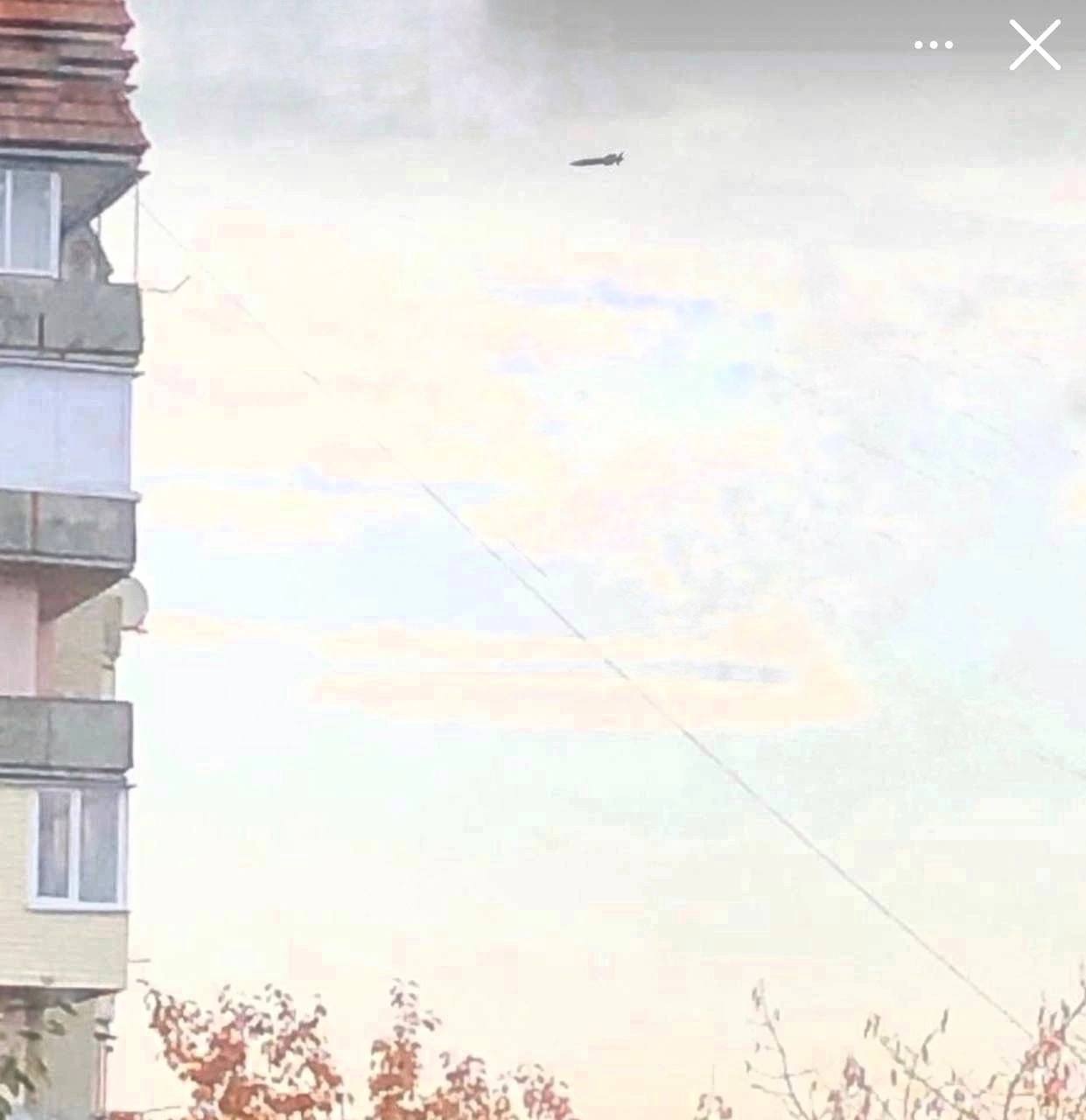Russian Su-57 fifth-generation fighter plane appears to have achieved its ‘first kill’ by firing a new long-range air-to-air missile to bring down a Ukrainian Su-27 fighter, local media claimed.
The report claimed a Ukrainian fighter jet was shot out of the sky with an R-37M missile. The report says that the Ukrainian Su-27 had barely moved above the safe height to intercept the Geran-2 kamikaze drone when it was shot down.
The Russia-Ukraine war has been flooded with claims and counterclaims. EurAsian Times has reached out to Russian MOD and awaits confirmation.
The Russian R-37M long-range air-to-air missile purportedly hit the Ukrainian fighter jet. According to the report, the Su-57 is most likely responsible for firing the missile, as AWACS in Poland and Romania operating in 24/7 mode could not detect it.
Furthermore, on October 10, residents allegedly spotted an R-37M missile above one of the Ukrainian cities. However, the Russian media report provided no additional proof to support the event.
It also didn’t reveal the precise location of the incident in question. It is important to remember that the R-37M air-to-air missiles can also be launched from the MiG-31 and Su-35 Flankers.
It had previously been widely reported that MiG-31 fighter planes were using these missiles to attack targets in Ukraine. In line with this, Samuel Ramani, a foreign policy and defense expert, tweeted that Russian MiG-31 planes armed with R-37M missiles and Kinzhal hypersonic missiles recently landed in Belarus.
On October 9, Guy Pelosi, a defense analyst, also shared a photo of a MiG-31BM equipped with four R-37M long-range air-to-air missiles under the fuselage.
He tweeted, “Interesting photo uploaded by the Fighter-bomber Telegram page showing crowd-sourced equipment displayed in front of a MiG-31BM. Note what appear to be four R-37M long-range air-to-air missiles under the fuselage.”
Meanwhile, Russian media claimed that the Russian Air Force is employing a new technique to locate Ukrainian air defense installations.
In this tactic, Russian fighter aircraft fire R-37M (RVV-BD) missiles in anticipation of a rocket or missile attack from the Ukrainian air defense systems. Thus, the Ukrainian forces’ counterattack reveals their positions.
Previously, Vitaliy Maletskyi, the Mayor of the Ukrainian city of Kremenchuk, claimed in a social media post, as cited by the Russian newspaper, that “the missiles fired at Ukraine specifically change the direction of the flight, attracting Ukrainian air defense forces.”
The Mayor refers to the R-37M missiles, which can kill high-speed air targets from over 300 kilometers.
R-37M Air-To-Air Missile
The R-37M, also known as the RVV-BD or AA-13 in the West, is a long-range air-to-air missile. It can hit high-speed air targets from more than 300 kilometers.
The missile is built by the famed Russian research and production company Vympel, which is situated close to Moscow and is best known for its air-to-air missiles.
Read More
The R-37M is a successor to or borrows technology from the Soviet Union’s R-37 air-to-air missile, built in the 1980s for the MiG-31M. The R-37M air-to-air missile can be fitted to Russian fourth and fifth-generation fighter jets. Experts believe it has the potential to increase fighter aviation performance dramatically.
The development of the R-37M was started in the late 2000s. Originally, the missile was supposed to be carried by MiG-31. However, it was later decided to upgrade the weapon to make it more compatible with the multirole fourth-generation Su-30, Su-35, and potential fifth-generation Su-57.
Su-35S aircraft started flying captive-carry missions with the R-37M in 2020, according to a report from the Russian daily Izvestia.
The R-37M is designed to attack faraway targets. Western analysts have previously suspected the weapon was built to take down airborne early warning and control (AEW&C) planes and other high-value assets.
Moscow does not disclose the tactical and technical features of the R-37M. The missile is pointed at the target after obtaining coordinates, rendering it undetectable to radar midcourse.
Close to the target, an active homing warhead engages. The enemy can detect its emission. However, the pilot has a very little window of time to avoid being hit.
The R-37M homing warhead is guided by cutting-edge technology. It has a new, compact digital processor with large memory and faster processing power. Electronic warfare cannot damage the warhead.
- Contact the author at ashishmichel@gmail.com
- Follow EurAsian Times on Google News
